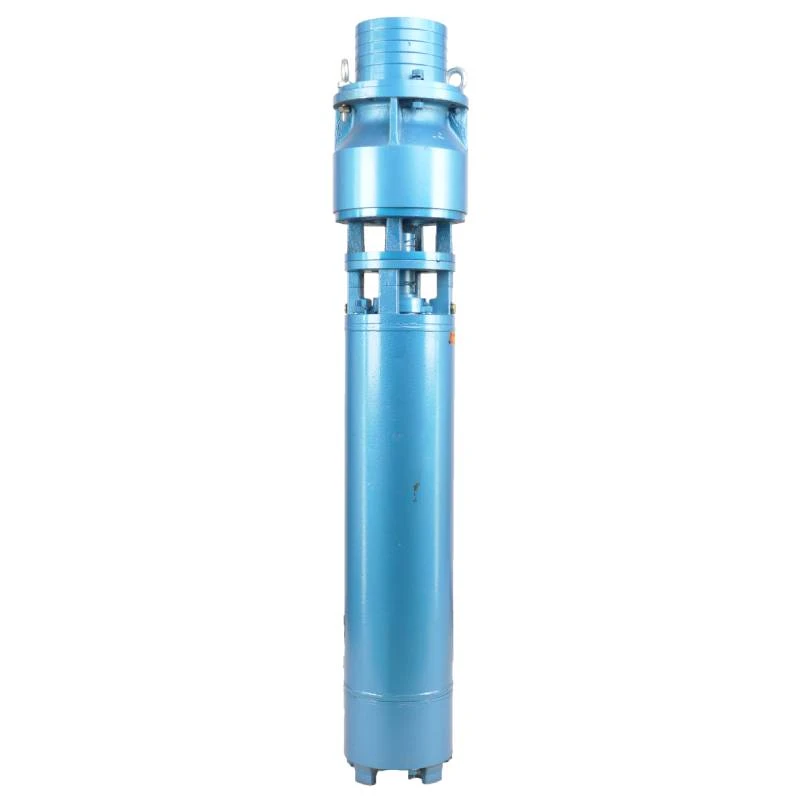Dec . 10, 2024 06:51 Back to list
submersible water pump with float switch and auto on/off
The Benefits and Functionality of Submersible Water Pumps with Float Switches and Auto On/Off Features
When it comes to managing water levels in various applications such as basements, ponds, and irrigation systems, submersible water pumps have become an indispensable tool. Among the various options available in the market, submersible water pumps equipped with float switches and automatic on/off functionality stand out for their efficiency and ease of use. This article delves into the features, benefits, and applications of these innovative devices.
What is a Submersible Water Pump?
A submersible water pump is specifically designed to be submerged underwater. Unlike standard pumps that must remain above the water level, submersible pumps are placed directly in the fluid they are pumping. This design allows them to be more efficient at moving large volumes of water. Additionally, because they operate underwater, they can provide a quieter experience compared to surface pumps.
The Role of Float Switches
Float switches are critical components of submersible water pumps. These devices automatically monitor water levels, ensuring that the pump operates only when necessary. A float switch typically consists of a buoyant object that floats on the water surface. When the water level rises to a predetermined height, the float rises, activating the pump. Conversely, when the water level drops to a lower point, the float descends, shutting the pump off. This automated process significantly reduces the need for manual intervention and helps prevent over-pumping, which could lead to dry running and damage to the pump.
Benefits of Automatic On/Off Features
submersible water pump with float switch and auto on/off

The automatic on/off functionality that comes with float switches offers numerous advantages. First, it enhances convenience for users. By automating the operation of the pump, users no longer need to monitor water levels continuously, making it perfect for applications where water levels fluctuate frequently, such as in flooded basements or in agricultural settings for irrigation purposes.
Another major benefit is energy efficiency. An automatic system ensures that the pump operates only when needed, helping to save energy and reducing electricity costs. This is particularly important in larger applications where manual control could lead to significant energy waste over time. Furthermore, by preventing the pump from running dry, the automatic system helps extend the lifespan of the pump, leading to lower replacement and maintenance costs.
Applications of Submersible Water Pumps
Submersible water pumps with float switches and automatic functionalities are versatile tools that can be used in various applications. In residential settings, they are commonly used for draining flooded basements or emptying swimming pools. In agriculture, these pumps can facilitate efficient irrigation by automatically supplying water to fields or gardens based on soil moisture levels.
In industrial settings, submersible pumps can manage water in construction sites or industrial processes, ensuring effective drainage of water from sites that are often flooded. Additionally, they are used in wastewater management systems to pump effluent from treatment facilities to disposal sites, helping maintain sanitation and hygiene.
Conclusion
In summary, submersible water pumps equipped with float switches and automatic on/off features provide a compelling solution for various water management needs. Their ability to monitor water levels automatically, operate only when necessary, and save energy makes them ideal for both residential and commercial applications. As technology continues to advance, these pumps not only promise increased efficiency but also contribute to sustainable water management practices, making them an important asset in today’s world. Whether you are looking to manage water in your home or optimize irrigation in agriculture, investing in a submersible water pump with a float switch and automatic functionality can vastly improve your water management capabilities.
-
Submersible Water Pump: The Efficient 'Power Pioneer' of the Underwater World
NewsJul.01,2025
-
Submersible Pond Pump: The Hidden Guardian of Water Landscape Ecology
NewsJul.01,2025
-
Stainless Well Pump: A Reliable and Durable Pumping Main Force
NewsJul.01,2025
-
Stainless Steel Submersible Pump: An Efficient and Versatile Tool for Underwater Operations
NewsJul.01,2025
-
Deep Well Submersible Pump: An Efficient 'Sucker' of Groundwater Sources
NewsJul.01,2025
-
Deep Water Well Pump: An Efficient 'Sucker' of Groundwater Sources
NewsJul.01,2025
-
 Submersible Water Pump: The Efficient 'Power Pioneer' of the Underwater WorldIn the field of hydraulic equipment, the Submersible Water Pump has become the core equipment for underwater operations and water resource transportation due to its unique design and excellent performance.Detail
Submersible Water Pump: The Efficient 'Power Pioneer' of the Underwater WorldIn the field of hydraulic equipment, the Submersible Water Pump has become the core equipment for underwater operations and water resource transportation due to its unique design and excellent performance.Detail -
 Submersible Pond Pump: The Hidden Guardian of Water Landscape EcologyIn courtyard landscapes, ecological ponds, and even small-scale water conservancy projects, there is a silent yet indispensable equipment - the Submersible Pond Pump.Detail
Submersible Pond Pump: The Hidden Guardian of Water Landscape EcologyIn courtyard landscapes, ecological ponds, and even small-scale water conservancy projects, there is a silent yet indispensable equipment - the Submersible Pond Pump.Detail -
 Stainless Well Pump: A Reliable and Durable Pumping Main ForceIn the field of water resource transportation, Stainless Well Pump has become the core equipment for various pumping scenarios with its excellent performance and reliable quality.Detail
Stainless Well Pump: A Reliable and Durable Pumping Main ForceIn the field of water resource transportation, Stainless Well Pump has become the core equipment for various pumping scenarios with its excellent performance and reliable quality.Detail
